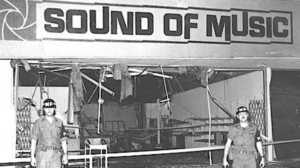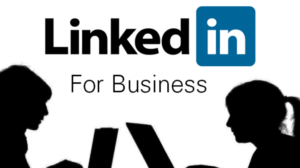
Ignoring the 40-40-20 rule.
What determines if an e-campaign or any direct response campaign will be successful?
40% is the quality of the list
40% is the quality of the offer
20% is the quality of the creative
The rule applies to all direct response whether it’s for direct mail or email campaigns.
Yes, every campaign is unique and there are variations of this rule out there, but this is simple to remember and serves the purpose.
The mistake most marketers make is focusing most of their time over-analyzing and revising the creative – often diluting its effectiveness. The creative is important. It needs to grab attention and trigger a response. But it can only get a response from someone already interested in buying.
The list – As noted, it’s critical to understand that the only a small number of people will respond. Even a perfect list will only generate small percentage of responses. So the list must be comprised of only people who are most likely to buy. For many prospects on the fence, it’s matter of convincing them this is the best time to buy.
The offer – First it’s important to understand that the offer is more than just a promotional discount/offer. It includes the product combined with the promotional offer. The product must fill a unique niche. Obviously, a discount off a product no one wants is worthless.
Real world example:
Long before I had ever heard of the 40-40-20 rule, I experienced it first hand as a marketer in General Mills Foodservice Division. A sales person on the GMI Foodservice team suggested we add caterers to the list for the annual Thanksgiving stuffing promotion. He noted that he had made this request every year, but ignored. (Possibly the Marketing vs Sales ego road block was to blame. But that’s fodder for a different article.)
I asked our promotion ops folks to add caterers, but was told it was not in the budget to expand the list. I suggested we drop the names of some low responders to make space for caterers so the list would remain the same size. “Yes, we can do that.”
The result? The highest sales ever for the fall Stuffing promotion. I know because I checked the reports going back 20 years. One simple change to the list dramatically boosted sales without increasing the costs.
- Get a quality list (those already sold on the idea of buying a widget)
- Must have offer (i.e. unique widget for half off!)
- Creative (first goal is get them to open the email or DM)



